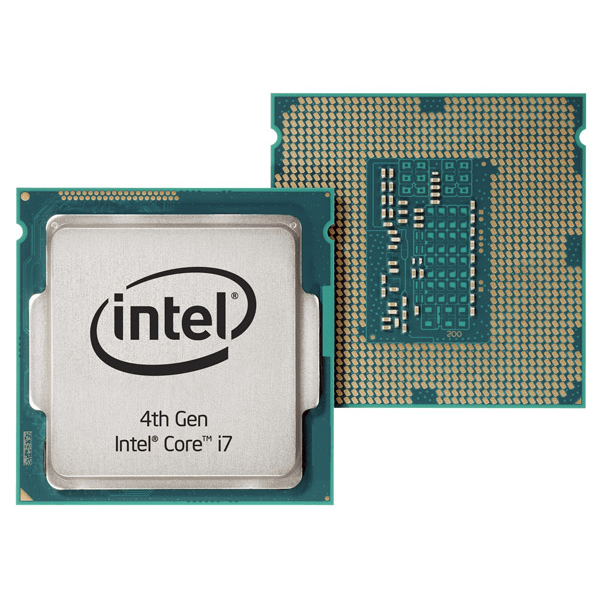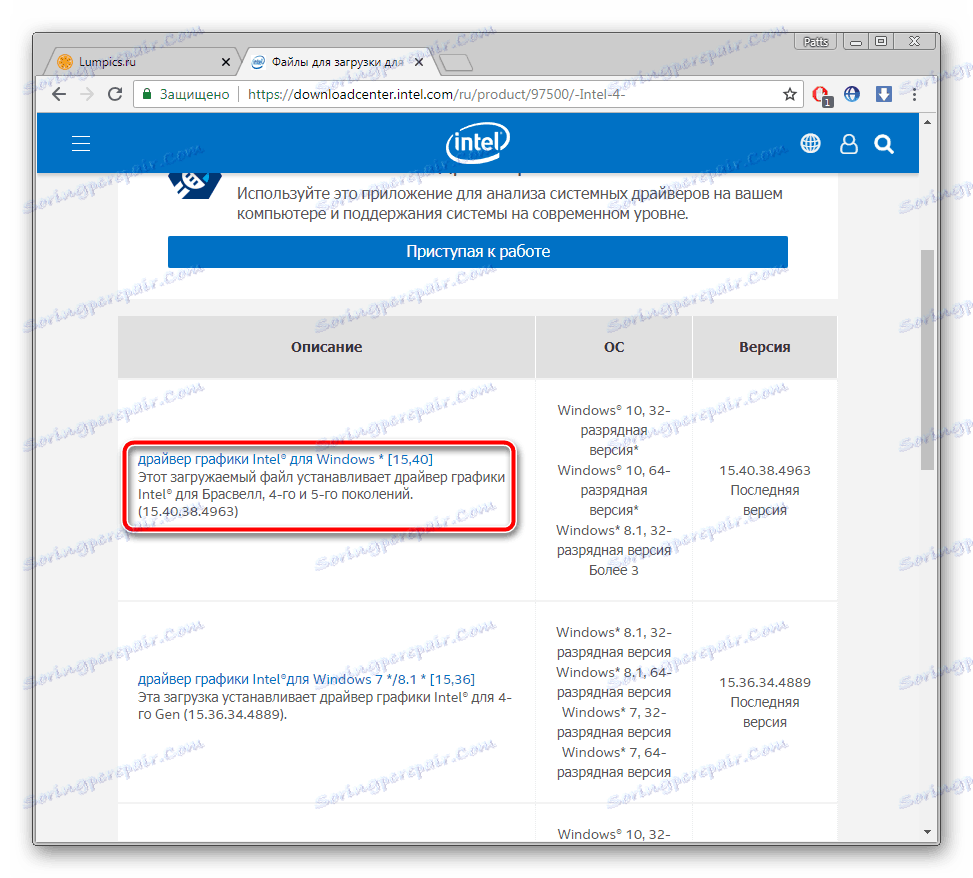
At 1080p and medium settings, AMD's Vega 11 in the 3400G averaged 27 fps across the nine games, with only two games ( Forza Horizon 4 and Strange Brigade) breaking the 30 fps mark-and Metro Exodus failed to hit 20 fps.ġ080p medium actually looks quite decent, not far off what you'd get from an Xbox One or PlayStation 4 (though not the newer One X or PS4 Pro). If you want to run modern games at modest settings like 1080p medium, none of these integrated graphics solutions will suffice-at least, not across all games. Let's get cut straight to the heart of the matter. How can 256GB be the baseline on a $1,700 gaming laptop in 2020? Performance of AMD vs Intel Integrated Graphics

It shouldn’t be a factor for these gaming and graphics tests, though testing large games off the Razer's 256GB (minus the OS) storage was a pain in the rear. The storage also varied based on what was available (and I didn't want to reuse the same drive, as that would entail wiping it between system tests). That gives Razer (and Gen11 Graphics) a slight advantage that may account for some of the difference in performance, though the higher 25W TDP when using the performance profile appears to be the biggest factor based on our testing. The Razer and HP laptops for Intel's 10th Gen Core i7-1065G7 Iris Plus Graphics are better than previous GPUs, with the Razer running LPDDR4X-3733 memory, while the HP uses DDR4-3200 memory. The older HD 4600 setup used the only compatible motherboard I still have around, and the only DDR3 kit as well-but both were previously high-end options.



It shouldn't matter much, as none of the tests benefit from large amounts of RAM (preferring throughput instead), and the tighter timings may even give a very slight boost to performance. We equipped the AMD Ryzen platform with 2x8GB DDR4-3200 CL14 memory because our normal 2x16GB CL16 kit proved troublesome for some reason.


 0 kommentar(er)
0 kommentar(er)
